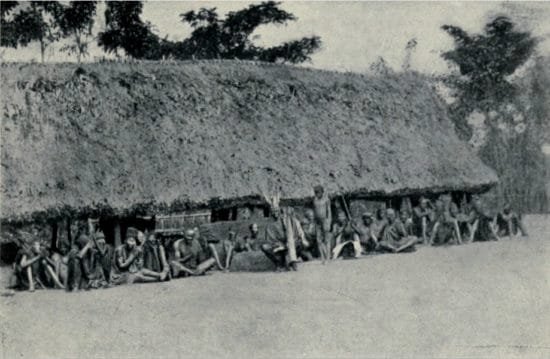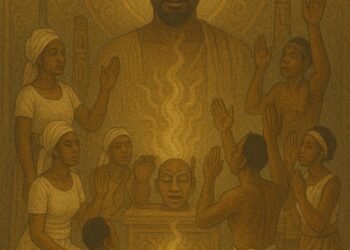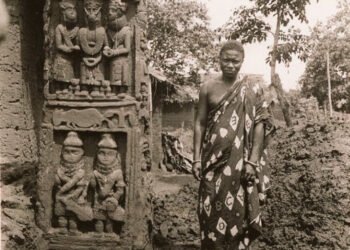The Nri Kingdom | Igbo Ancient Civilisation
Dated back to at least the 9th century, we identify an ancient civilization, almost as great as that of the Egyptians, in West Africa, the oldest community in present-day Nigeria.
It was highly significant at its peak as it was the center of learning, theocracy, commerce, and administration in pre-colonial West Africa or what is present-day Nigeria.
The Nri Kingdom is considered the roots of the Igbos; their culture, language, and beliefs. The founder of this kingdom, Eri, is acknowledged as an individual of metaphysical origin, who came from another world or as some say, the space, to create the Nri civilization.
Read Also: Obanta And The Origin Of The Ijebu
Thet Eri’s origin could also be traced back to biblical accounts and that God sent him according to oral tradition. Nevertheless, Eri was the first theocratic leader of this society and provided a ruling to the people. It was a highly theocratic society with elected monarchies.
The kingdom of Nri is known as “Oraeze Nri” in the Igbo language; it is a historical heritage of the Igbo people in Nigeria. Its capital then was “Igbo Ukwu,” and its official language is “Igbo.”
It had its currency known as “Okphogo”; it also introduced the cowrie currency as a medium of exchange and monetary value.
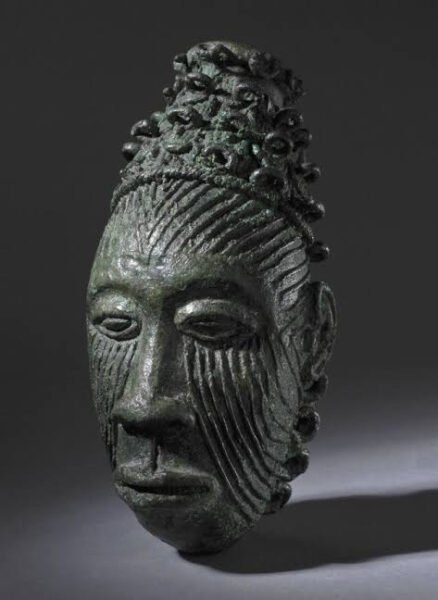
It was a booming economy as they held major trade routes and controlled the commerce in the area. It even possessed financial institutions akin to present-day banks and stock markets.
The theocratic leader of this community is known as “Eze Nri,” who was also a monarch.
Read Also: Lisabi Agbongbo Akala | Egba history
The Eze Nri was a mystical leader, believed to possess so much spiritual power that it left many trembling.
On the transition of this position, so many sacrificial rites, spiritual journies, and divinations had to occur to authenticate the next king’s capability.
The king is believed to be a divine ruler, one who is chosen by the founder, Eri, and other supernatural deities.
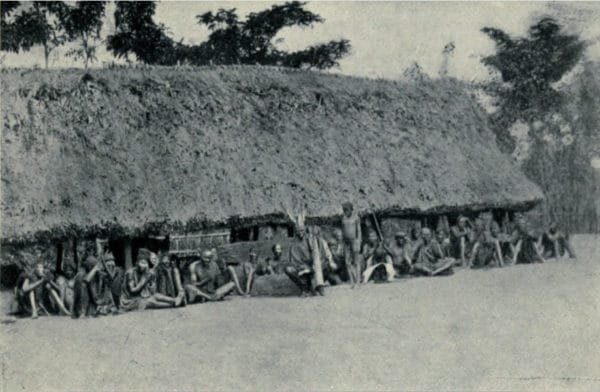
He was more of a spiritual leader than a political one. As a result of the complexity of religious ceremonies, the next candidate for the Eze Nri had caused so many long interregnums between installations.
Not possessing any military strength, religious power, and control of business circuits were strategies to subdue and extend their reach to other towns and districts.
These strategies kept internal peace and prevented the attack from other kingdoms despite a lack of military presence.
Read Also: The War of Dahomey – The History
Religious commitments achieved allegiance, and the expansion was attained by sending converts known as “Mburichi” to other settlements. Through the influence of traditions, taboos, oaths, lifestyles, the Nri culture expanded.
By the late 16th century, the Nri influence expanded towards the Benin kingdom, settlements along the Niger banks. The Nri kingdom practiced more like a decentralized government, with the Eze Nri living mostly in isolation from his people.
His administrative duties are carried out by his priests called “Ndi Nri.” These ritual priests are usually recognized by their facial specifications known as “Ichi.”

The Nri Kingdom
It identifies them as representatives of the Eze Nri; they represent peace, harmony, and societal cohesiveness.
They travel with their ritual staff on quests of admitting converts or carrying out their administrative duties.
They possess authority over lands under the influence of the Eze Nri, and they have the power to settle disputes, carry out religious purification of the land.
Read Also: The Descendants of Ife | Complete Yoruba History
The kingdom’s philosophy is built upon harmony and peaceful coexistence; the belief system that violence was a taboo that contaminated the land was highly revered. The Nri has six symbolic statutes.
The six symbolic statues include humans, animals, objects, temporal, behavioral, speech, and place taboos.
These statutes are guiding and governing every Nri citizen according to their culture.
A significant emblem in the Nri religion was the “Omu,” the tender palm frond used during religious rites.
It was used as a form of protection for delegations, messengers, and for protecting sacred objects.
The Nri people thought their land to be pure and holy, and any abnormalities would require immediate cleansing and rituals.
Their priests were educated on how heavenly bodies moved, which enabled them to evaluate the lunar year accurately.
Their economy soared as a result of agriculture, trades, and hunting. The Nri Kingdom was an international market for palm oil.
They were also very skilled artistry as they were bronze carvers, famously known for their “Igbo Ukwu” art.
The Nri Kingdom was also opened to castaways, outlawed people, runaway slaves, and criminals. It referred to runaway slaves as “Osu.”
Read Also: Nok Culture – Ancient Human Race
It was a community that treated everybody equally, and slaves that came to the kingdom were immediately considered free and were given a home.
They were popular for their strong resistance towards the slave trade. These helped amplify their labor force and helped improve their economy.
The British labeled them as agents of regression as other major kingdoms participated in the slave trade.
Numerous attacks have been attempted by the British, but mostly to no avail.
Until the advent of missionaries and colonialist philosophies, the missionaries’ teachings were injected into their culture; at first, it was rejected, but slowly, it integrated itself by breaking down their existing cultures.
Locals started converting and stopped participating in rituals and ceremonial rites. It continued until their cultures started moving towards extinction.
The British also incorporated a new government system, integrating new heads known as “Warrant chiefs” to allow the centralization of the people and British indirect rule of the kingdom.
In 1911, the British troops got the Eze Nri Obalike dethroned and made him renounce his spiritual power and made him leave the kingdom.
